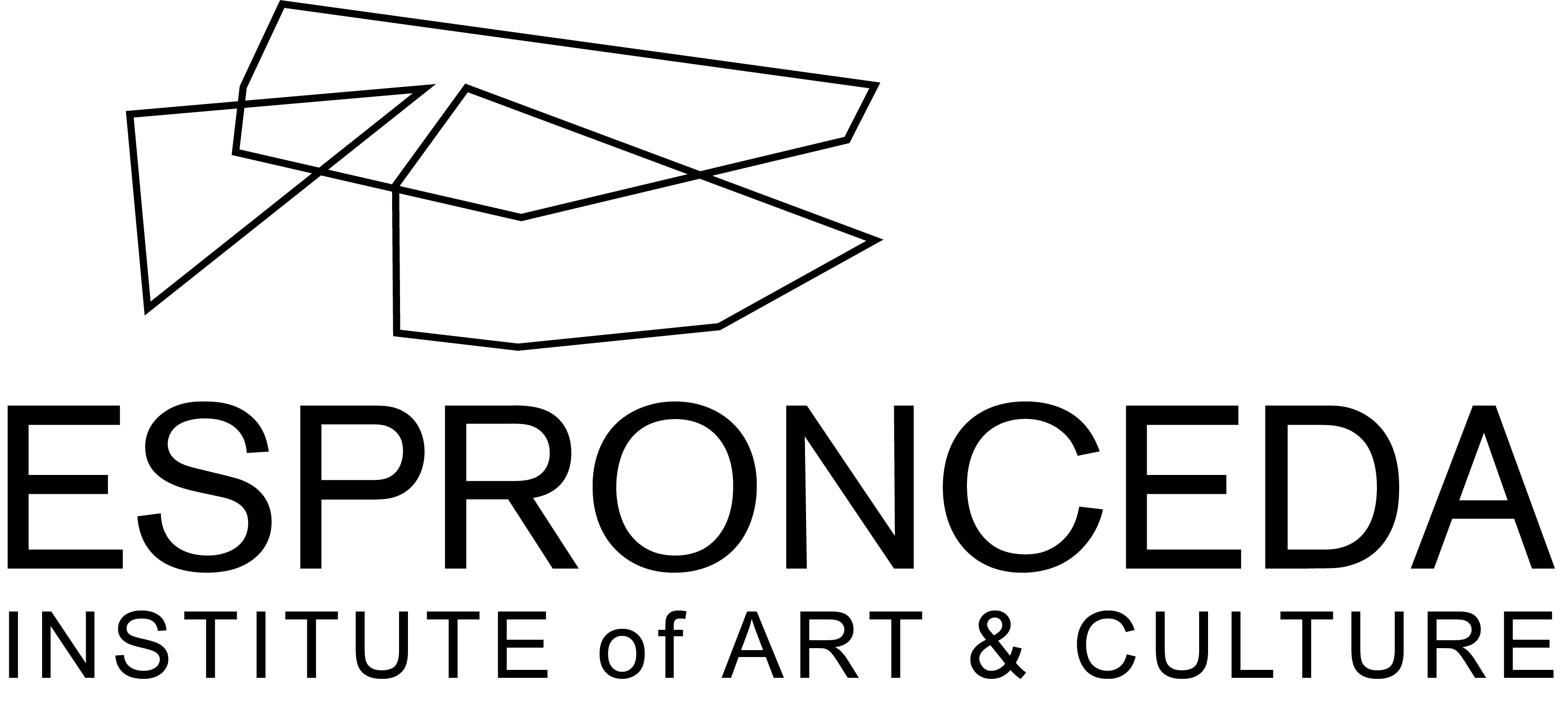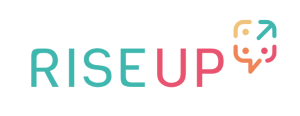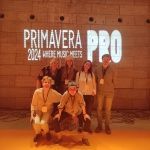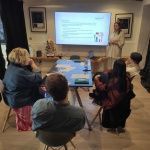PROJECT SUMMARY
RISE UP aims to empower endangered language communities by building connections between relevant actors, identifying good practices and developing methods through a multi-disciplinary approach. Furthermore, RISE UP will foster the self-confidence of these communities, including learners, new speakers, people who have not yet had the chance to learn their heritage language, supporters, and more. Through the collection and analysis of context information and policies for endangered languages in Europe, the creation of a tool set for communities, the connection of relevant actors and the involvement of young people, specifically, RISE UP aims to provide support and empowerment to endangered language communities in Europe.
Duration
02/2023 to 01/2026
Programme
HORIZON EUROPE
HORIZON-CL2-2022-HERITAGE-01-01
Coordination & Support Action
Grant ID
101095048
PROJECT BACKGROUND
Website: https://www.riseupproject.eu/
________________________________________________________________________________________________
#VoicesOfCommunity : From the 22nd to the 29th of may we celebrated the Voice’s of Community Residence: artists from the 5 communities of the cases of study of the Rise Up Project came to Barcelona to work on voice creations.
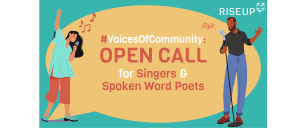
– From the 13th of june to the 16h Kieli will be EXHIBITED on Sónar: “KIELI is a project born from the collaboration between digital artist Ferran Belmon and the European project RISE UP, curated by Alejandro Martin.
The installation features a collection of words curated by the artists from the latest RISE UP artist residency. Utilizing artificial intelligence algorithms, the artist invites the audience to co-create new sound avatars by exploring the sonority of these selected languages. Visitors can generate new words by combining pairs from this set, crafting a speculative new language.”
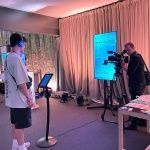
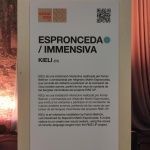
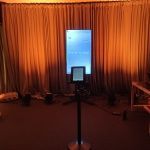
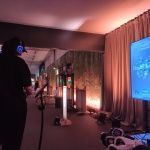
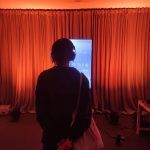
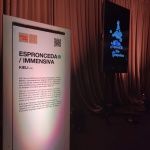
The use of algorithms and generative models is perceived by some as a threat to linguistic diversity on the Internet, given that a very high percentage of the texts with which artificial intelligences are trained are only in English, but initiatives such as the Aina Project demonstrate that they can also be a tool for the defense and promotion of minority languages. It is an objective that also pursues Kieli , an installation developed by Ferran Belmon within the ESPRONCEDA Institute of Art & Culture that seeks to make endangered languages visible.
“Language is not only a means of communication, but it is intrinsic to the way of living, of understanding the world, how a community relates…. So we proposed what would happen if, in the digital space, we took one of these languages and mixed it with another, as if they were a border, and generated a new one,” summarizes the center’s artistic director, Alejandro Martín.
Thus, the project takes five minority languages of Europe (Aranese, Heto, Aromanese, Cornish and Burgenland Serbo-Croatian) and a selection of words, each one of them with all the languages. “What the installation does inside is generate a few words from two. We transcribe both words into the phonetic dictionary and ask the artificial intelligence tool to mix them up and give them a grammatical meaning in the two languages,” Belmon explains. “Once we have these words, we pass them to ElevenLabs, another AI tool, to pronounce them.”
